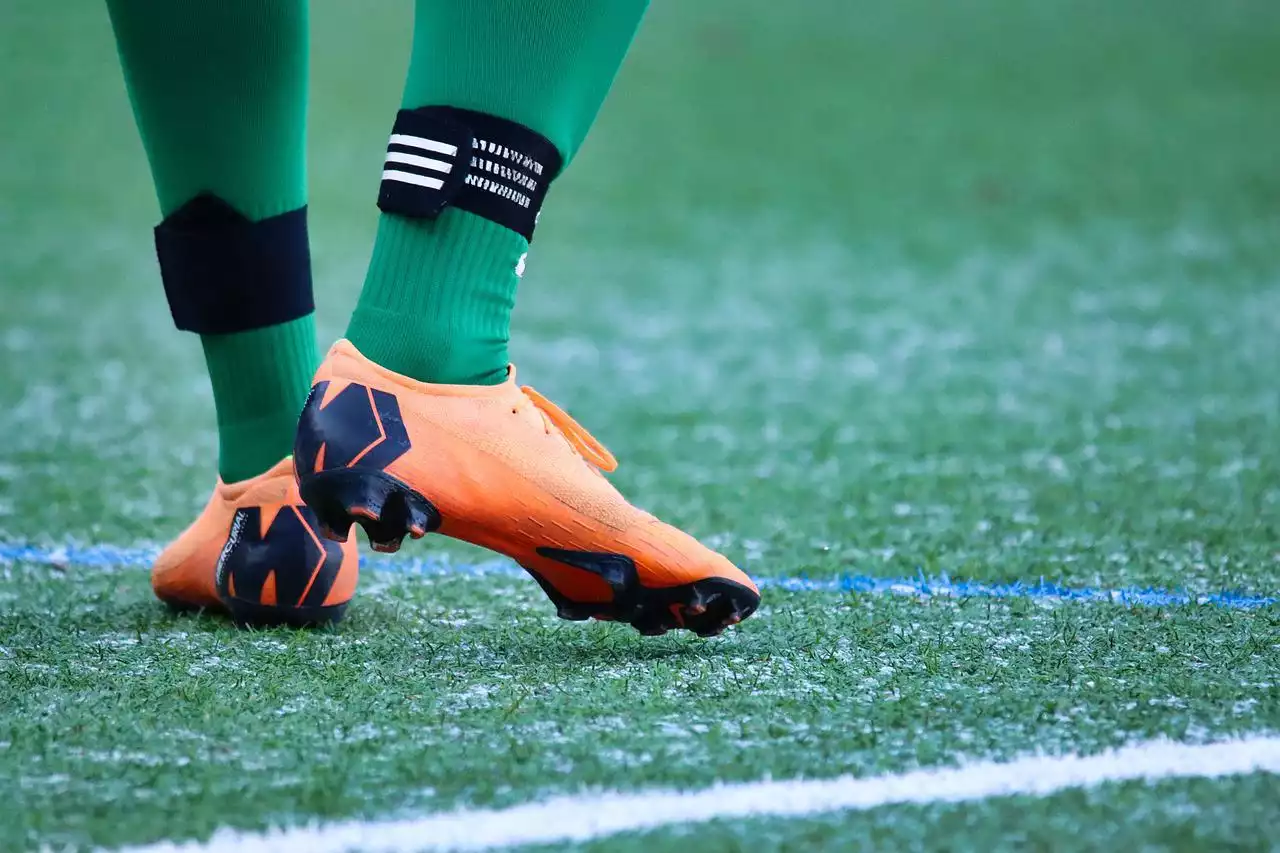Football has evolved into a global sport with strategies that are constantly evolving. As such, equipment and apparel have also progressed to ensure players are safe during games and comfortable when training. From the cleats and hats worn on the pitch to the jerseys players wear after breaking a sweat, football gear can be as much a fashion statement as it is an essential part of playing the sport. But while trends have changed, one piece of equipment has remained constant, the football boot. Football boots remain an indispensable part of playing this fast-paced game where players run at high speeds for extended periods. In this article, we explore how football boots came to be and their impact on modern football strategy.
When did football boots become a standard piece of equipment?
Football boots were first developed in the 1930s for use in different types of football in England. Specifically, the rugby and soccer versions of the sport. Due to the grass pitches used for these sports, football boots were originally designed with studs to provide traction and prevent players from slipping. Nowadays, football boots consist of a synthetic upper, a molded sole plate, and a synthetic lining. The upper is designed to be lightweight, comfortable, breathable, and provide the right amount of support. The sole plate is designed to provide grip, stability, and traction. And the lining is there to give the foot the right amount of support and provide breathability.
What is the purpose of football boots?
Football boots serve a variety of functions depending on the type and brand you select. For example, some football boots are designed for artificial turf, while others are for natural grass pitches. Other football boots are designed for both synthetic and natural grass. In general, football boots are designed to provide comfort and stability during play.
- Soccer and American Football boots - Soccer and American football boots are designed to be lightweight, provide stability and traction, and help prevent injury.
- Rugby Football boots - Rugby football boots are designed to be lightweight and provide traction both on natural and artificial grass pitches.
Classic Football Boots
English Football Boot - The first football boot was designed by the English. It had a rubber sole made of a single piece of rubber. The design was simple and effective. It was designed to provide traction and prevent slipping from heavy grass pitches during rugby and soccer games. - German Football Boot - The German football boot had wooden or steel studs on the sole for extra traction on grass pitches. The studs were meant for soccer games. This design became common until the 1960s when synthetic materials began to replace rubber and wood for better durability. - Argentine Football Boot - The Argentine football boot was designed for football on artificial pitches. The sole was made of synthetic material and the upper from leather. This design became common after the Second World War when artificial pitches became more popular.
Modern Football Boots
As football has evolved, so have football boots. Today, football boots are designed with lightweight materials and engineered to provide stability and traction on all types of playing surfaces. New football boot designs are also engineered to protect against injury.
- Non-Marking Football Boot - A non-marking football boot is designed to prevent the boot from leaving marks on synthetic surfaces. This includes the synthetic grass used for American football games.
- Tri-Compound Sole - A tri-compound sole is designed to provide stability, traction, and durability. This design is common on modern football boots.
- Flyknit Construction - Flyknit is a lightweight, breathable, and flexible material designed to provide comfort and support. This construction is common on modern football boots.
- BOA Technology - BOA technology is a wired system designed to provide a snug fit and adjustability. This technology is common in modern football boots.
Strategies for Choosing the Right Football Boot
When choosing a pair of football boots, consider the type of surface you’ll be playing on and the weather conditions. If you play on both grass and artificial turf, you should consider a pair of all-weather football boots. For natural grass pitches, opt for a studded football boot. For synthetic grass pitches, go with a non-marking football boot. When selecting football boots, you should also consider the materials used in the design. For example, football boots made with Flyknit and BOA technology are lightweight and highly durable. Finally, keep in mind that football boots fit differently compared to other types of footwear. When buying a pair, consider trying them on first to make sure they provide the right level of support and comfort.
Conclusion
Football boots were first developed for rugby and soccer in the 1930s. Since then, the design of football boots has evolved to provide comfort and stability during play. Choosing the right pair of football boots may involve understanding the history behind this equipment, selecting a pair based on the type of surface you’ll be playing on, and considering the materials used in the design.


 Unforgettable Showdowns: Reliving the Top 5 Memorable Coppa Italia Qualification Matches
Unforgettable Showdowns: Reliving the Top 5 Memorable Coppa Italia Qualification Matches
 The Role of the Goalkeeper: A Closer Look at LigaPro's Best
The Role of the Goalkeeper: A Closer Look at LigaPro's Best
 How to Choose Good Shin Guards for Soccer
How to Choose Good Shin Guards for Soccer Nike Mercurial Football Boots and FIFA World Cup
Nike Mercurial Football Boots and FIFA World Cup FIFA World Cup - Adidas Tango Football Boots
FIFA World Cup - Adidas Tango Football Boots FIFA World Cup - Adidas Predator Football Boots
FIFA World Cup - Adidas Predator Football Boots Adidas X SpeedPortal Football Boots and FIFA World Cup
Adidas X SpeedPortal Football Boots and FIFA World Cup